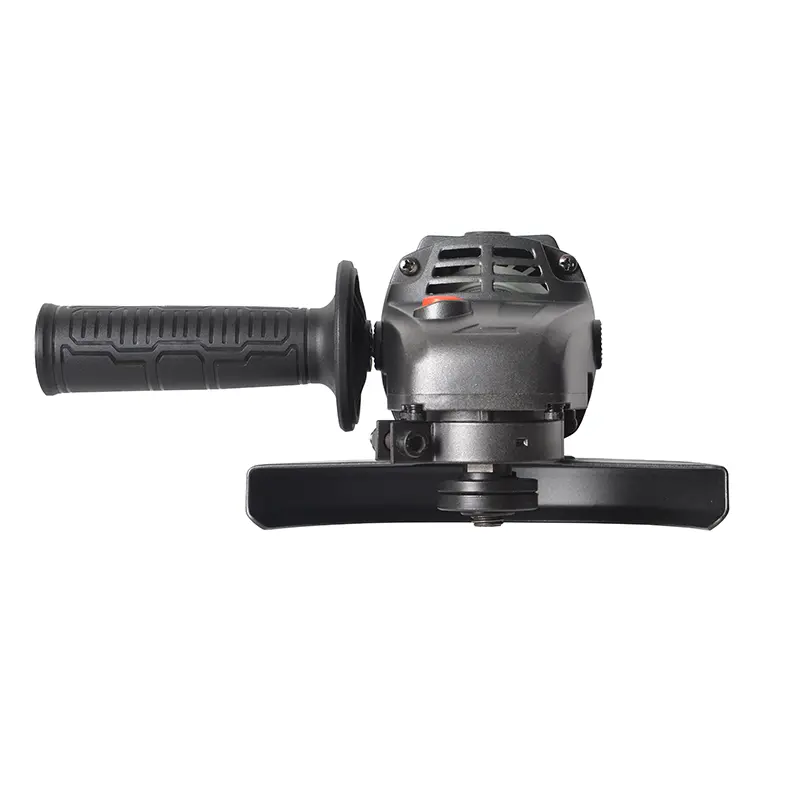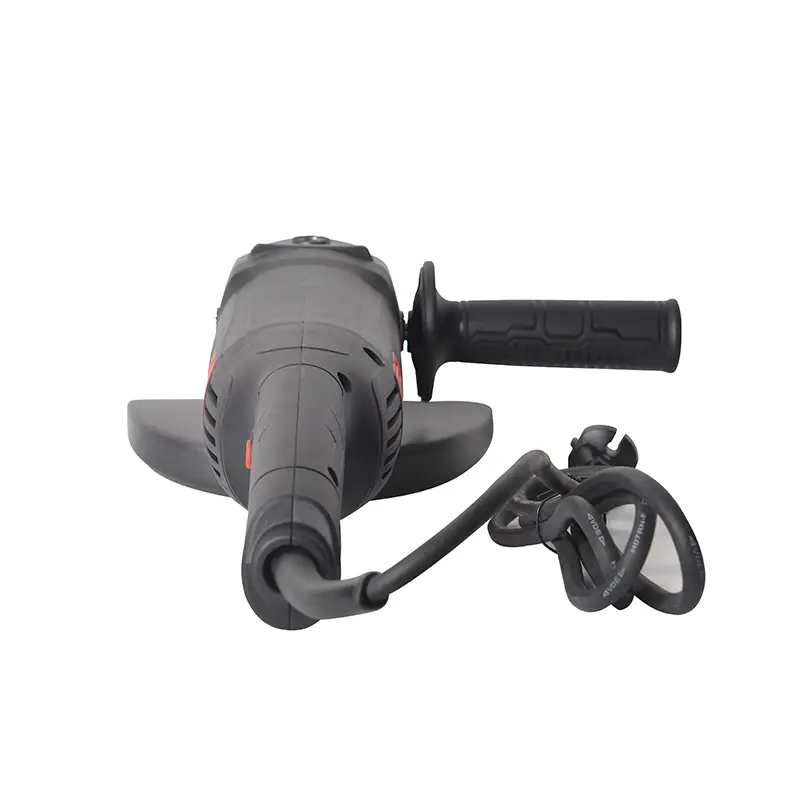Composite materials, due to their light weight and strength, are increasingly used in handcrafting and home decoration and maintenance. However, cutting them is much more troublesome than cutting metals and wood – the materials are stacked in multiple layers, and the fibers are prone to scattering. If ordinary tools are not careful, they may cut crooked and even damage the materials. At this point, a suitable mini Angle grinder becomes a good helper. Choosing the right model not only makes the cutting process smoother, but also reduces material waste and tool wear. This article will discuss how to choose a mini Angle grinder suitable for cutting composite materials.
The particularity of composite materials determines that the selection cannot be done casually. Common composite materials such as fiberglass boards and carbon fiber products have a hard surface but a fiber layer inside. When cutting, sufficient force is needed to sever the hard surface layer, while avoiding excessive rotational speed that could cause the fibers to fly off. The power of the mini Angle grinder is the first thing to consider. There is no need to pursue overly high power. A medium power (neither too light nor too heavy to hold in hand and not difficult to operate with one hand) is sufficient. Too much power will make the machine body bulky, it will be difficult to control the cutting direction, and it is easy to cut crooked. If the power is too small and cannot cut the hard surface layer, the cutting disc will frequently get stuck, which will instead affect the efficiency.
The adaptation of the cutting disc is the key of keys. Special cutting discs must be used for cutting composite materials; ordinary metal or stone cutting discs cannot be used as substitutes. The material of the special cutting disc is more wear-resistant, and its edge is designed to be sharper and less prone to chipping. It can smoothly cut the fiber layer without generating a large amount of flying fibers. When choosing, pay attention to the diameter of the cutting disc matching that of the Angle grinder. Mini Angle grinders often use small-diameter cutting discs, which make the rotation more flexible and facilitate cutting curves or fine cuts on composite materials. When installing the cutting disc, check if it is firmly fixed to avoid shaking during high-speed rotation.
The design of the body affects the operation feel, which is particularly important during fine cutting. Composite material cutting often requires long-term handheld operation. The body weight should be light and the grip position should be comfortable. It is best to use a rubber anti-slip grip so that it is not easy to slip even if the palm sweats. The switch position should be convenient to use, allowing for immediate control of start and stop. For instance, if the fiber layer gets stuck during the cutting process, the machine should be immediately turned off for adjustment to prevent damage to the material or the cutting disc. The balance of the body is also very important. When lifting it, the center of gravity should be stable and not sink all at once. Only in this way can the arm be less likely to get tired after cutting for a long time.
Safety design cannot be ignored. The cutting of composite materials generates fine fiber dust. A good mini Angle grinder should have a dust-proof design, such as adding a filter cotton at the motor air inlet to reduce the entry of dust into the machine body and affect its lifespan. The protective cover should also be adjustable, capable of adjusting its Angle according to the cutting direction, blocking most of the flying fibers and debris, and protecting the operator’s eyes and skin. Some models are also equipped with overload protection function. When the cutting disc gets stuck, it will automatically cut off the power, which not only protects the machine but also prevents accidents.
The usage scenarios should also be taken into consideration. If cutting is mainly done on a fixed workbench, choose a model with an auxiliary handle, which can increase stability. If you need to frequently move around for work, such as cutting composite material boards outdoors, you should choose a lightweight and long-lasting model (for battery-powered models, pay attention to battery capacity and avoid frequent charging). The dirt resistance of the body is also very important. Dust is inevitable when cutting composite materials. Choose a model with a smooth surface that is easy to wipe. After use, a simple cleaning can keep it clean.
It is very necessary to try the actual feel at last. When making a selection, you can test the startup feel on the spot and listen to whether the running sound is smooth and there are no strange noises. Hold the machine with one hand to simulate the cutting action, and feel whether the center of gravity is appropriate and whether the switch is easy to operate. A model that suits your hand feel is more convenient to use and can also improve the cutting accuracy.
When choosing a mini Angle grinder specifically designed for cutting composite materials, the key lies in “adapting to material properties, being easy to operate and ensuring safety”. There is no need to blindly pursue multiple functions. By doing well in terms of power, cutting disc compatibility and hand feel, you can find a suitable model and turn the cutting of composite materials from a troublesome task into an easy one.
Post time: Aug-01-2025


